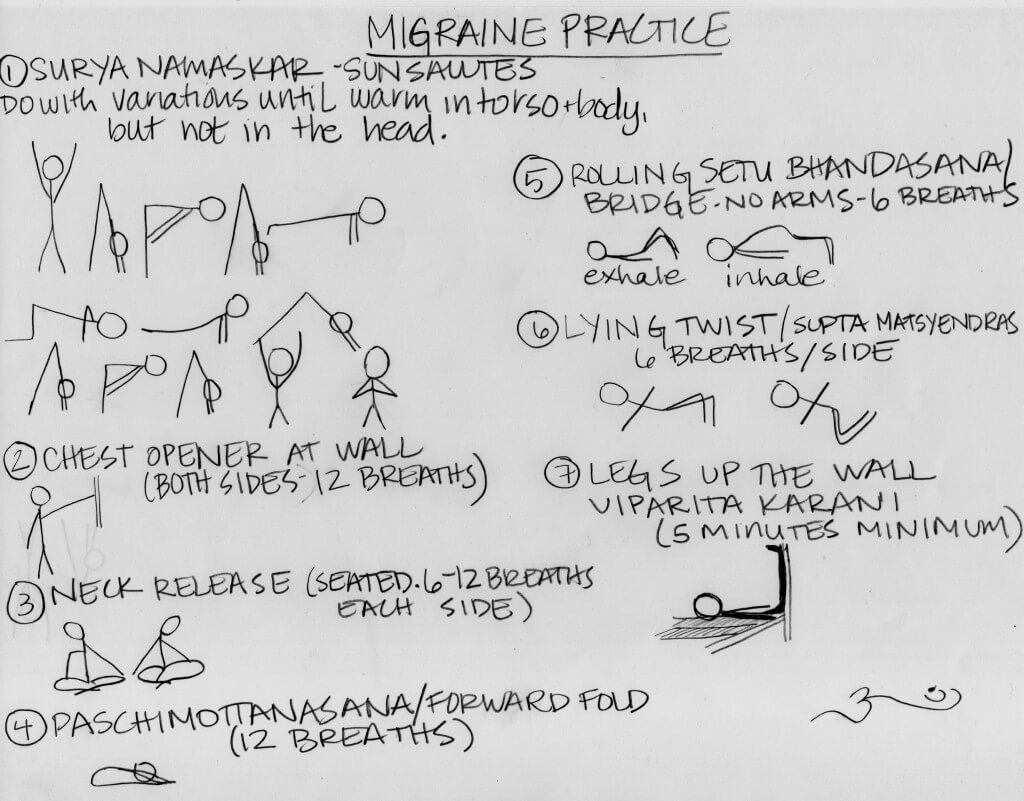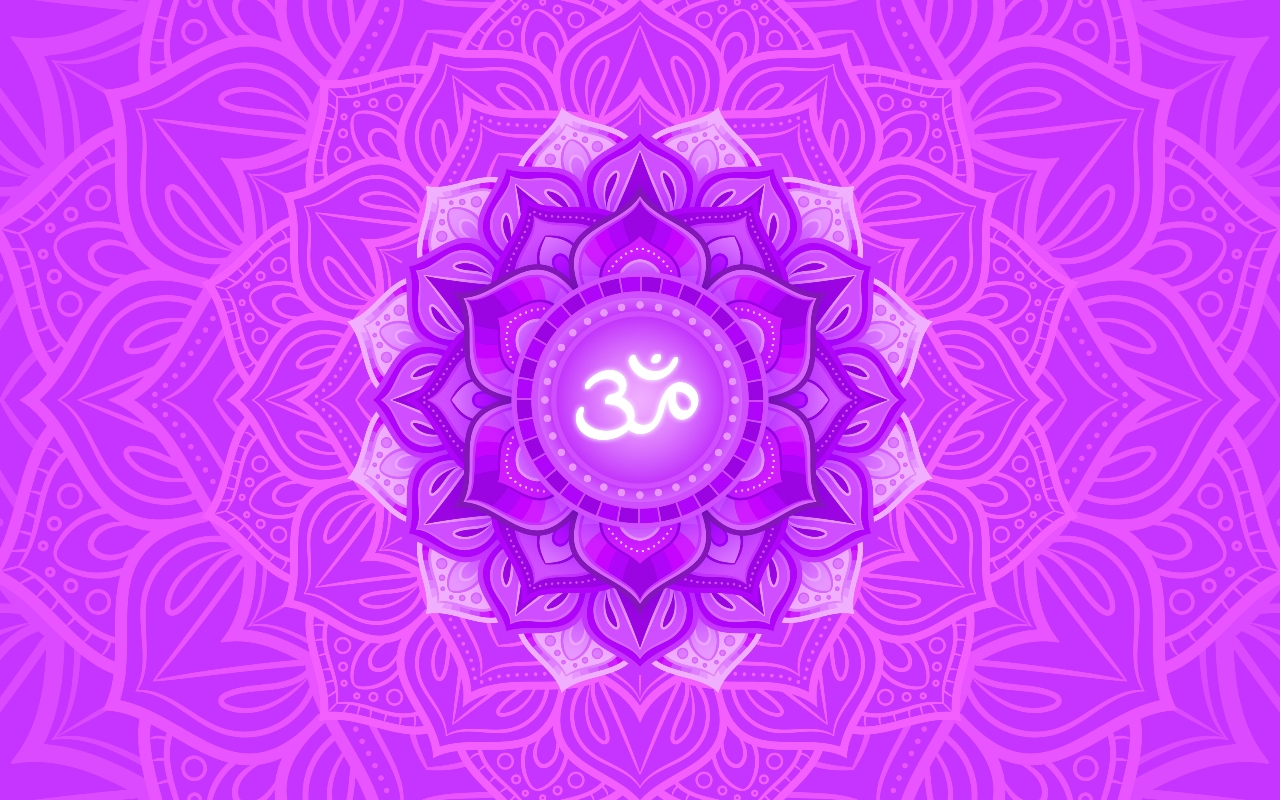
Yoga poses can be used to strengthen the muscles of the body. They also stimulate the internal organs and work to reduce visceral fat. This can help improve digestion and elimination problems. Even people who have chronic health problems can benefit from practicing yoga. Yoga has many benefits and can help anyone feel better.
Legs up the wall
It is a great yoga pose for beginners. You can relax your body and mind by elevating your legs towards the wall. It can help promote sleep. Gentle breathing can increase its effectiveness. It is possible for both beginners and experienced practitioners. It can help calm nerves and restore the body's natural healing capabilities.
Viparita Karani is also known as Legs Up the Wall, which is a revitalizing position that relaxes the legs, feet, spine and nervous system. This inversion is easy to learn and highly recommended for beginners. This inversion is commonly called "Viparita Karani", meaning "inverted action". This inversion can lead to self-awareness and meditation.

Corpse pose
The corpse pose can be intimidating for beginners. While the pose is just a simple lie down, it is not easy to hold a still position in it. You may feel restless and agitated. Try using yoga props if that is you. These will enhance your Savasana experience.
Corpse position is designed to allow the mind and body to relax as much as possible. As a result, many students fall asleep while in this pose. It is essential to practice relaxation while remaining mindful, as focusing on the sensations of relaxation will help you release tension.
Downward facing dog
It's crucial to correctly set yourself up when practicing Downward Facing Dog. Begin by bending your knees. Your spine will stay longer if you bend your knees. You can also extend your hips towards ceilings or walls by bending your knees.
Lower back strain can be reduced by bending the knees during Downward Facing Dog. The wrist load can also be reduced by bending the knees while performing Downward Facing Dog.

Turning forward, facing downward
The beginner-friendly, downward facing forward bend yoga pose stretches the back while elongating the legs. This pose works tight, stiff muscles and maintains proper alignment. If you have back injuries, perform the pose with parallel arms and legs and elevate your feet slightly with a wall.
This pose is possible standing or sitting. The aim of this pose, which is to open your hamstrings while rotating the hip joints, is to rotate your hips. It is recommended that you stay in this position for at least thirty minutes. This asana can be relaxing and calming. It can also help with flexibility, which can increase your back and legs, and reduce accumulated stress.
FAQ
What music is played in a yoga class?
Many yoga studios play soft instrumental music during class. This is done in order to foster learning.
Some studios prefer more upbeat music such a hip-hop or jazz.
Pay attention to what you are listening to. Music can distract from our practice.
What happens if I stop practicing yoga?
It is normal to lose interest after a while. You may notice stiffer muscles if your yoga practice is discontinued. Poor posture, lack or aging may all lead to stiffness.
Consider retaking some classes if you find the flexibility to be less than ideal. It's important to maintain a regular routine. Exercise is good for your bones and muscles. Make sure you get enough sleep, and eat right.
Are yoga mats necessary?
Not necessarily. Many studios provide mats for use by students. These mats are made from rubber and are very easy to clean.
You may also choose to purchase your mat. A good quality mat will last you several years.
Are 20 minutes of yoga a day enough?
Yoga should not be viewed as just exercise but as an opportunity for self-discovery. It is an opportunity to reflect on your life, and how it has been lived.
My friend introduced yoga to me a few decades ago. She had been practicing for many years. He told me that he did yoga for 20 minutes each morning, which helped him feel calmer throughout the rest of his day.
I decided to give it a try and was amazed at the difference it made in my overall well being. Since then I have been practicing yoga on a regular basis and it has helped me to relax and stay focused when I work at my desk.
It is important to find what works best for your needs and set realistic goals. Yoga does not have to be an exhausting activity.
What are the side effects of yoga?
Yoga poses some risks, as with all physical activities. The most serious risk is injury. It is important to know how to safely perform each pose.
Yoga can make you dizzy or faint if your first time doing it.
This is caused due to blood clotting in your brain. You don't have to worry about this, as it will go away quickly.
Do not hold your breath if you feel chest pains while performing downward-facing dogs. It will only make the situation worse and increase your heart rate.
Statistics
- In comparison, a 125-pound person is estimated to burn 135 calories in 30 minutes of walking (at a pace of 15-minute miles) and 210 calories bicycling at a moderate pace on a stationary bike. (everydayhealth.com)
- Lock in 25% off your Founding Member rate. (corepoweryoga.com)
- According to calorie estimates calculated at Harvard Medical School, the average 125-pound person burns about 120 calories in a half hour of hatha yoga, and a 185-pound person burns about 178 calories in that half hour. (everydayhealth.com)
- The people in the yoga group were 37 percent more likely to have quit smoking by the end of the 8-week program. (nccih.nih.gov)
- The American Psychological Association recently shared that 84% of American adults feel the impact of prolonged stress (5). (healthline.com)
External Links
How To
Is yoga a good way to exercise?
Yoga is not just for people looking to lose weight. Yoga is not just for those who want to lose weight. It helps them develop flexibility and balance.
Yoga isn't just a form of exercise. The poses are used as a way to relax and meditate. They allow us to improve our posture and concentration as well as our breathing.
A "yogi" is someone who practices yoga. Yogis follow various forms of yoga, including Hatha, Ashtanga, Iyengar, Vinyasa, Bikram, Kundalini, Yin Yang, and Restorative.
There are many kinds of yoga. However, all share similar goals. Each style focuses on different aspects. You can choose from meditation, pranayama or Hatha yoga.
These yoga moves don't require any equipment
-
Sun Salutation-This series of 12 poses starts with a forward bending, followed by 10 different positions.
-
Warrior Pose – While holding a stick/staff, a warrior position is achieved.
-
Triangle Pose: This is where one leg is lifted behind the other and you bend at your knees.
-
Standing Forward Bend - This position involves bending forward from the waist and putting your legs straight on the floor.
-
Seated Twist: This is a pose that can be done while seated on a mat or in a chair.
-
Cobra Pose – This is a pose where you lie flat on your back and raise your arms above your head.
-
Child's pose - This is when you are lying on your back, face up.
-
Cat/Cow Pose (Cat/Cow Pose) - This combination is similar to a cow or cat pose. Place your upper body on the ground and lie down. Now roll to your side, and then place your hands below your shoulders.
-
Head Tilt – This pose involves tilting your head back, while your eyes are closed.
-
Shoulder stand - This position involves standing straight up with your arms and feet raised above the head.
-
Tree Pose – This pose involves kneeling on your heels with your hands beneath your shoulders.
-
Bow Pose – This is when you bend forward from your hips and place your hands on the ground.
-
Corpse Pose - This pose is held for five minutes.
-
Mountain Pose- You can call this mountain pose because your spine is straight up and you are tall.
-
Legs up the wall Pose - This is a pose where you hang upside-down from a brick wall.
-
Side Angle Pose- To achieve this pose, lean against a wall while putting your right elbow next to it.
-
Plank Position – This is when you lay flat on your stomach, extend your left arm out and place your right foot in front of each other.
-
Bridge Pose – Balance on your elbows while balancing on the toes in this pose.
-
Reverse Table Top - This position is achieved by lying on the stomach and reaching your arms towards your ceiling.
-
Handstand - This pose requires balance and strength. To do this pose, you can either hold yourself between two walls or a door frame.
-
Half Moon Pose- Also known as Hero Pose. You can perform it by standing on your hands or toes.
-
Headstand (or Handstand), - This pose requires great balance and strength. This pose is possible on a brick wall or on a doorframe.
-
Forearm Balance- This position is done with your forearms on a tabletop.
-
Spinal Twist: This pose is where your belly meets your arms.
-
Supported Boundangle Pose – This pose requires balance. To support your body, you will need to locate a strong object such as a tree branch or an old beam.
-
Wide Leg Forwardfold - To achieve this pose, spread your legs apart while touching your toes.
-
Single Pigeon Pose – This pose is similar the the wide leg forward fold, but has only one limb extended.
-
Extended Puppy Dog Pose: This is a very relaxing pose. It involves extending your legs outward and bent your knees.
-
Standing Forward Bend - This is a pose where you are seated cross-legged, stretching your calves and hamstrings.
-
Crow Pose - This pose is difficult to do but very rewarding once you master it. This is achieved by elevating your arms above your head, and then lowering your arms until they are parallel to the ground.